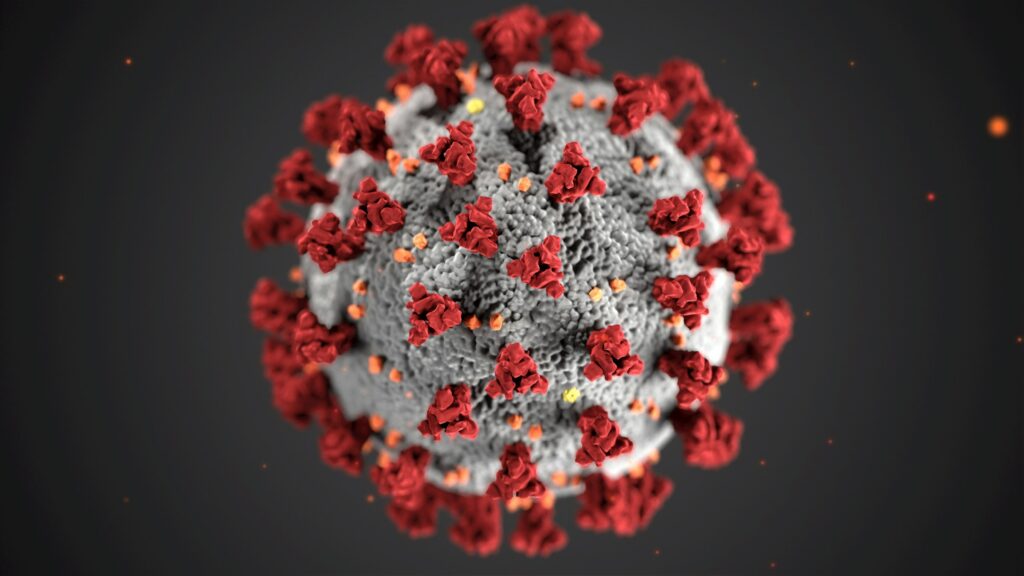A new study has shown data regarding the presence of harmful chemicals in human bodies, absorbed from food packaging materials. Over 3,600 chemicals used in the packaging process, including materials like plastic wraps and containers, have been identified as contributors to this contamination. Among these, 79 chemicals are linked to serious health risks, including cancer and reproductive issues.
This research, led by Birgit Geueke and her team at the nonprofit Food Packaging Forum, marks the first effort to directly link chemicals that come into contact with food to human exposure.
“Our research helps to establish the link between food contact chemicals and human exposure,”
Geueke said in a statement, pushing for safer alternatives.
The chemicals include bisphenol A (BPA), which has been banned from certain products such as baby bottles but is still used in many food packaging materials. BPA has been linked to hormone disruption and increased risks of conditions like diabetes and heart disease. Another group of chemicals, PFAS (per- and polyfluoroalkyl substances), which are found in the blood of an estimated 98% of Americans, has been associated with cancer and immune system harm.
Although there are existing regulations, experts such as Martin Wagner from the Norwegian University of Science and Technology, are raising concerns. Wagner commented that the sheer number of chemicals entering the human body from food packaging is “staggering.”
The American Chemistry Council (ACC), which represents major chemical companies, has responded to the study, highlighting the need for context when evaluating the risks. Their approach is as follows; whilst chemicals are present, their levels may not be harmful. The ACC has thus called for a balanced, risk based approach to regulation.
In response to these findings, Melanie Benesh of the Environmental Working Group (EWG) has advocated for increased transparency from companies regarding the chemicals they use.
“When there are chemicals in our bodies that have the potential to cause harm, we should be eliminating every route of exposure we can,”
Benesh stated.
The U.S. Food and Drug Administration (FDA) has stated that there are gaps in their ability to monitor food packaging safety. Jim Jones, FDA’s Deputy Commissioner for Human Foods, recently stated that the agency is prioritising food chemical safety, but acknowledged that more data is needed to make regulation changes before they can lead to serious effects.

Hassan graduated with a Master’s degree in Chemical Engineering from the University of Chester (UK). He currently works as a design engineering consultant for one of the largest engineering firms in the world along with being an associate member of the Institute of Chemical Engineers (IChemE).



